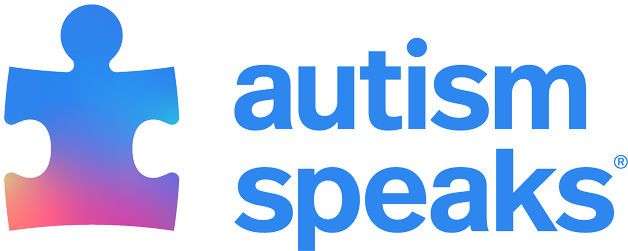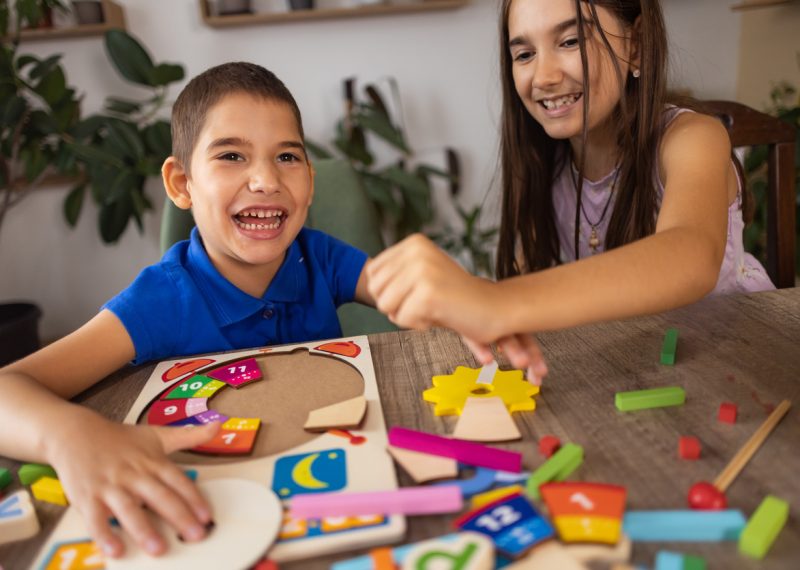
Autism & Inclusion: Creating a More Welcoming World
Imagine walking into a room where the lights are too bright, the background noise is distracting, and social cues are impossible to read. For many autistic people, this isn’t just a bad day—it’s everyday life. Environments like crowded cities, grocery stores, parks, schools, and doctors’ offices can quickly become overwhelming for someone with autism.
That’s why autism and inclusion aren’t just buzzwords—they’re a call to action. It’s about creating spaces where everyone, no matter how their brain works, feels seen, valued, and supported.
According to the Centers for Disease Control and Prevention (CDC), approximately 1 in 36 children and 1 in 45 adults in the U.S. are diagnosed with autism spectrum disorder (ASD). Behind each of these numbers is a person with their own story, strengths, and dreams – underscoring why the movement for autism and inclusion is both necessary and urgent.
Why it matters
Autism and inclusion aren’t about special treatment—it’s about valuing differences. When we create spaces that truly support autistic people, everyone benefits. Workplaces, schools, and communities become stronger, more inclusive, and full of fresh ideas and ways of thinking.
Understanding autism through the lens of inclusion
Autism exists on a spectrum, meaning that every autistic person is unique. While some people are highly verbal and independent, others need more support. But one thing remains true: we live in a world where people living with autism are treated differently. Unfortunately, sometimes there’s still a stigma associated with autism.
Many autistic people face challenges that make them feel “different” or like they don’t “fit in.” Here’s the good news: we can bridge the gap between autism and inclusion with awareness, small changes, and open minds to create more autism-friendly spaces.
Dr. Claire Lazaro: Autism Expert & Advocate
To better understand how we can create more inclusive communities we went back to our friend and autism expert Dr. Claire Lazaro from Valley Mountain Regional Center (VMRC).
As a passionate advocate and a mother of two children with autism, Dr. Lazaro brings both professional expertise and personal insight to the conversation. She shared thoughtful perspectives on breaking down common misconceptions, practical ways to foster autism inclusion, and the vital support systems available for autistic individuals and their families.
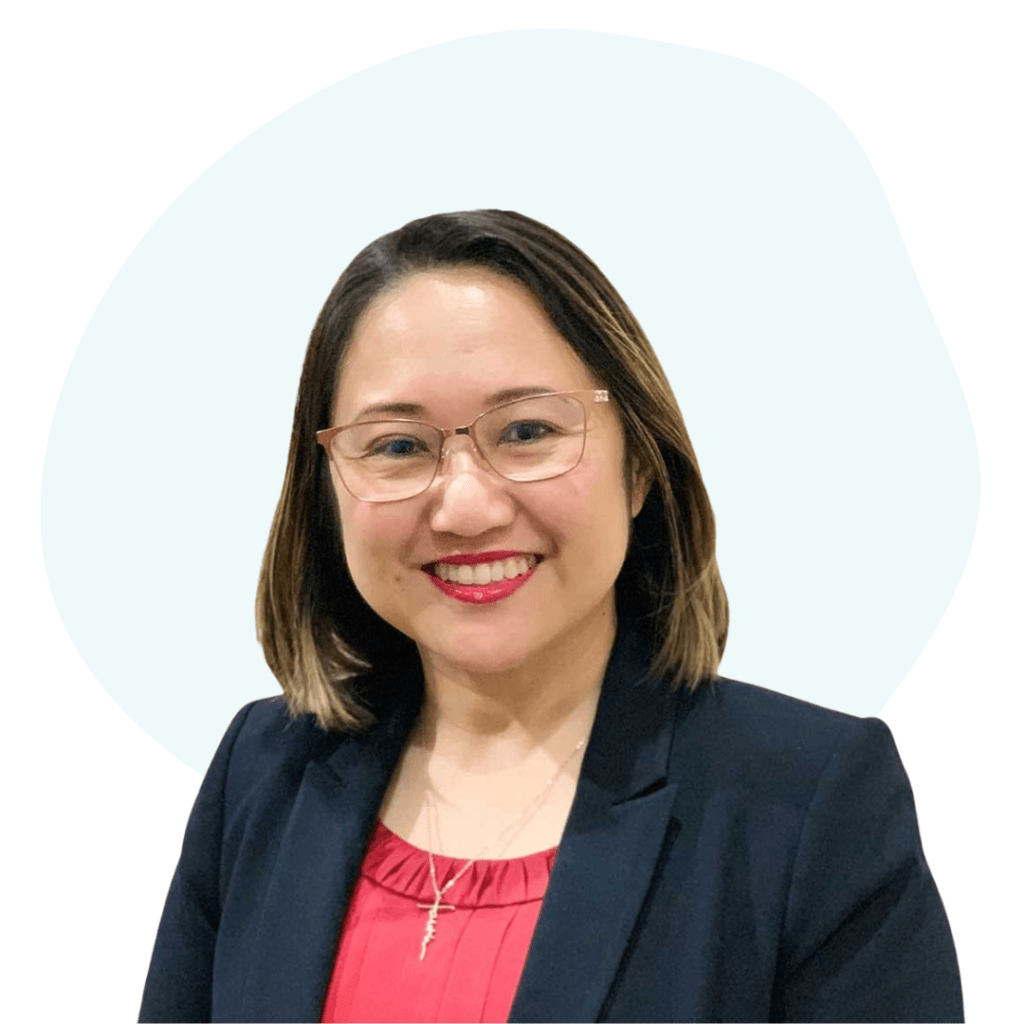
Challenges that contribute to feeling “Out of Place”
Sensory Sensitivity
Overwhelming environments—noisy classrooms, bustling offices, or crowded public spaces—can be a significant barrier.
Communication Differences
Some autistic people struggle with reading social cues, leading to misunderstandings and isolation; some may use assistive technology to write or speak.
Stigma and Misunderstanding
Misconceptions about autism can lead to exclusion and isolation, further reinforcing feelings of not fitting in.
Employment and Educational Barriers
Despite their unique strengths, autistic individuals frequently encounter discrimination, bullying, and environments that are not adaptable to their needs.
Promoting autism inclusion in your community
Inclusion isn’t just a nice idea—it requires action. So how can we make schools, workplaces, and communities more welcoming for everyone?
Dr. Lazaro, who hears from her own children that they “don’t want to be different,” reminds us that small, intentional changes can make a big difference. Inclusion doesn’t just support autistic individuals—it creates a better environment for all of us.
Dr. Lazaro offers a few ways to build more autism-friendly spaces in our everyday lives:
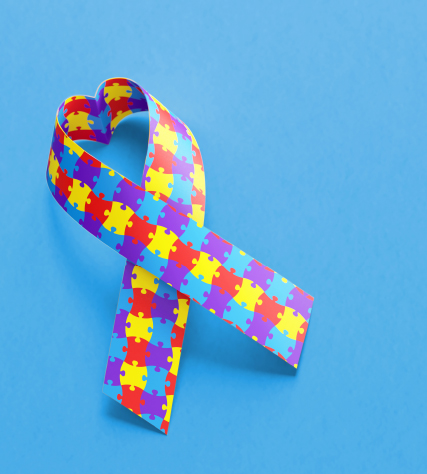
- Start with yourself: Be accepting, nonjudgmental and open to welcoming everyone, everywhere.
- Increase awareness & education: Reduce the stigma tied to autism, because no one wants to feel isolated. Offer autism training in schools and workplaces – including communication strategies that foster understanding, belonging and compassion.
- Design sensory-friendly spaces: Provide quiet areas, adjustable lighting, and allow noise-canceling headphones in all spaces. Take the Philadelphia Eagles – they just launched the “Kulture City” at their stadium – a room designed for their fans with autism to enjoy the game in real time.
- Support the individual, not the condition: Be open and honest. Ask the individual with autism what they need and how they want to be helped so they can be comfortable in all environments.
“When it comes to autism and inclusion, change starts right at home. It begins with us, teaching ourselves and our families to be more accepting, more understanding, and less quick to judge.”
Dr. Claire Lazaro
Resources to improve inclusion
Dr. Lazaro highlighted these tools and programs that help build truly inclusive environments:
By educating ourselves, advocating for change, and making thoughtful improvements to our communities, we move beyond awareness to real inclusion. Because at the end of the day, everyone deserves to feel seen, heard, and valued.
Live confidently with MedicAlert

MedicAlert Membership
24/7 Protection
MedicAlert Member Benefits
Enjoy life-saving benefits and store your comprehensive health history for emergency treatment.
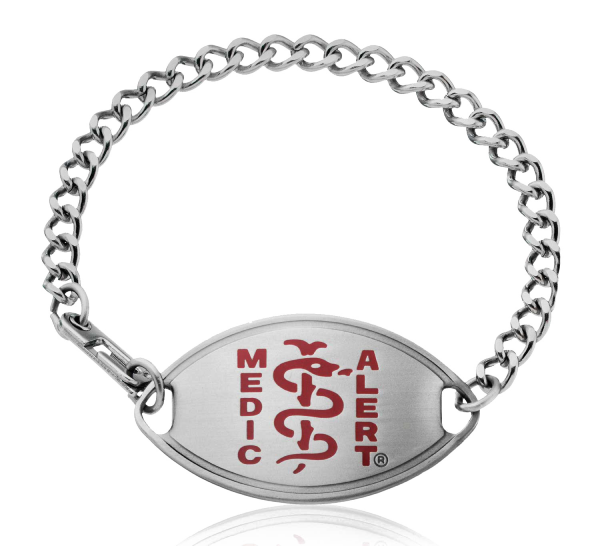
Wearable Medical IDs
for Any Condition
Wearable MedicAlert IDs
A medical ID communicates vital medical information to first responders so you can receive the care you need.
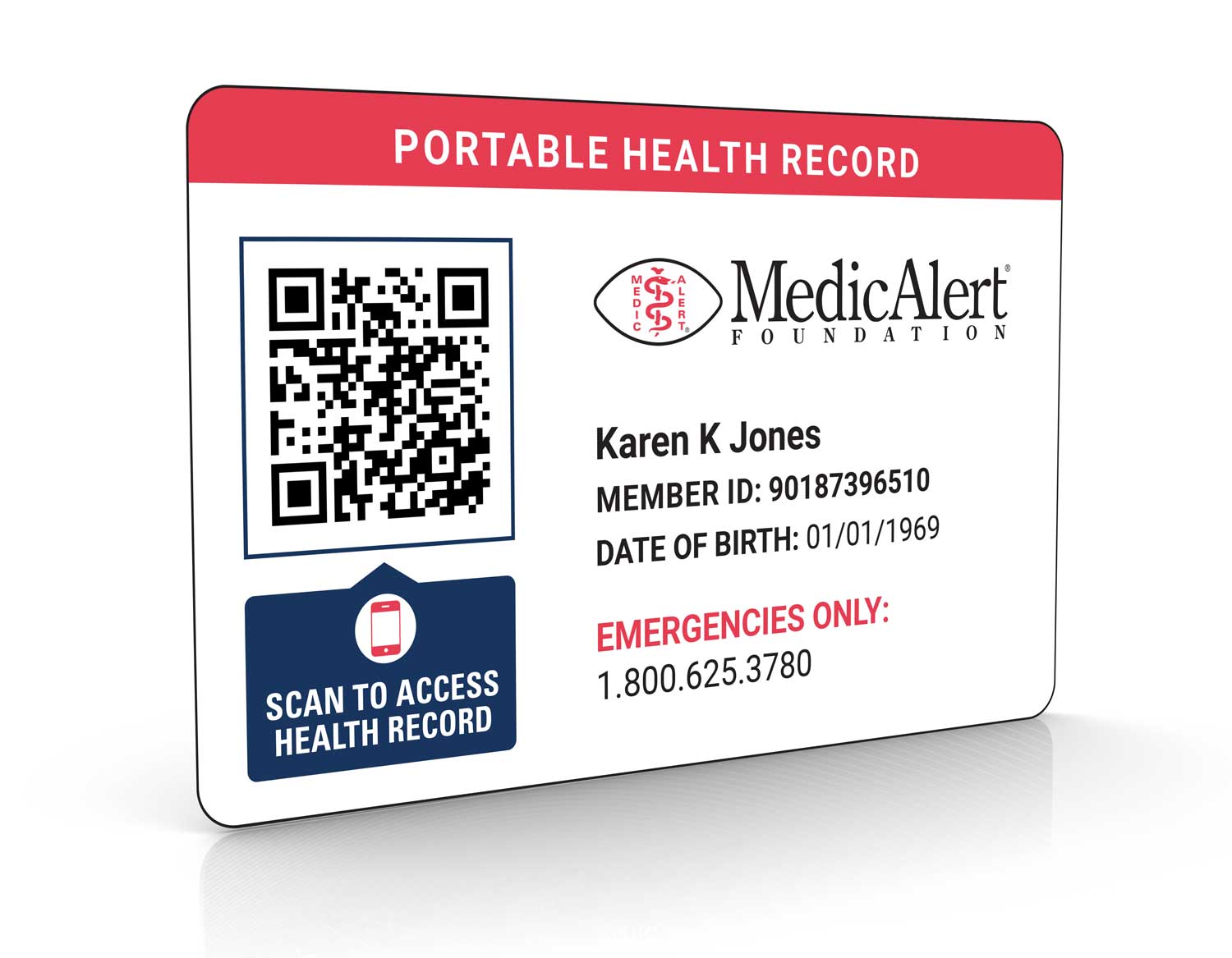
QR Code IDs
Scannable Medical IDs
QR Code Digital IDs
Perfect for people with multiple conditions and complicated histories.
